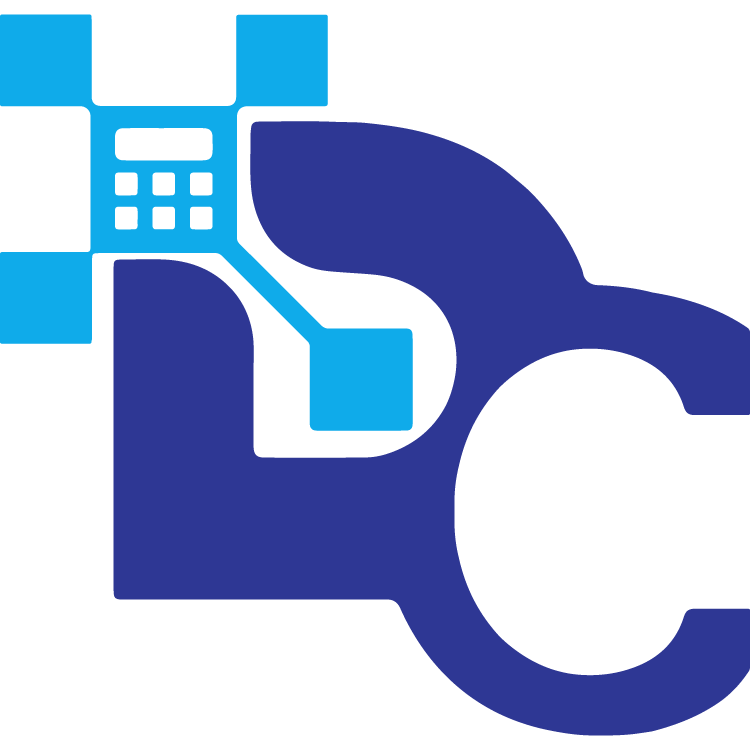Convert Binary to Hex - Fast & Accurate Binary ⇄ Hex Conversion Tool
Convert between binary and hexadecimal number systems with precision using standard mathematical conversion
Need a fast and accurate way to convert binary to hex or vice versa? Our binary ⇄ hex converter gives instant results. Enter the value and get precise answers anytime.
Why Users Love This Binary ⇄ Hex Converter
- Exact in design: Uses the correct formula for accurate results.
- Instant answers: Results update as you type or on one click.
- Clear display: Shows both exact and rounded values with adjustable digits.
- Two-way switch: Toggle between binary to hex and hex to binary.
- Works anywhere: Mobile and desktop friendly for everyday use.
How to Use Our Converter
- Enter the value.
- Choose direction: binary to hex or hex to binary.
- View instant results.
- Copy, share, or save the answer.
Binary
The binary number system (base-2) uses only 0 and 1. Each digit is a bit, and 8 bits form a byte. Binary is the foundation of computing, digital logic, and data storage.
Key Facts About Binary
- Exact value: Smallest unit is 1 bit.
- Relationship to other units: 1 byte = 8 bits.
- Common abbreviation: bin.
- Notation tips: Often written with prefix 0b or a subscript 2.
Hexadecimal
The hexadecimal number system (base-16) uses 16 symbols (0–9 and A–F). It simplifies long binary values into shorter, readable form.
Key Facts About Hexadecimal
- Exact value: Base-16 system.
- Relationship to other units: 1 hex digit = 4 binary digits.
- Common abbreviation: hex.
- Notation tips: Often written with prefix 0x or a subscript 16.
Binary to Hex Conversion Formula
Formula:
Hex value = Binary value grouped into 4 bits
Binary to Hex Conversion Examples
Example 1: Convert 1010 (binary) to hex
Step 1: Write the formula = Hex = Binary grouped in 4 bits
Step 2: Substitute the values = 1010 = A
Step 3: Result = A
Example 2: Convert 110101 (binary) to hex
Step 1: Hex = Binary grouped in 4 bits
Step 2: Substitute = 110101 = 0011 0101
Step 3: Result = 35
Example 3: Convert 11111111 (binary) to hex
Step 1: Hex = Binary grouped in 4 bits
Step 2: Substitute = 1111 1111
Step 3: Result = FF
Hex to Binary Conversion Formula
Formula:
Binary value = Each hex digit written as 4 binary bits
Hex to Binary Conversion Examples
Example 1: Convert A (hex) to binary
Step 1: Formula = Binary = Hex digit expanded
Step 2: Substitute = A = 1010
Step 3: Result = 1010
Example 2: Convert 3F (hex) to binary
Step 1: Binary = Each digit in 4 bits
Step 2: Substitute = 3 = 0011, F = 1111
Step 3: Result = 00111111
Example 3: Convert 7B (hex) to binary
Step 1: Binary = Each digit in 4 bits
Step 2: Substitute = 7 = 0111, B = 1011
Step 3: Result = 01111011
Applications of Binary and Hex Conversions
- Programming: Memory addressing and debugging.
- Networking: IP addresses and MAC addresses often involve hex.
- Web design: Colors are written in hex (example: #FF5733).
- Embedded systems: Microcontrollers store data in binary and hex.
Quick Reference Table for Binary ⇄ Hex Conversion
Binary | Decimal | Hex | Notes |
0001 | 1 | 1 | Smallest non-zero value |
1010 | 10 | A | Common conversion |
1111 | 15 | F | Largest single hex digit |
10000 | 16 | 10 | First two-digit hex |
11010 | 26 | 1A | Mix of letters/numbers |
111111 | 63 | 3F | Common ASCII range |
1000000 | 64 | 40 | Round figure |
11111111 | 255 | FF | 8-bit max value |
100110011 | 307 | 133 | Random example |
11110000 | 240 | F0 | Used in bitwise operations |
Use our Binary ⇄ Hex Converter at Digital Calculator for fast, accurate, and reliable results in computing, programming, and everyday problem solving.
